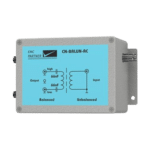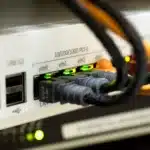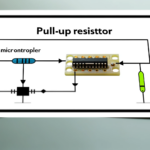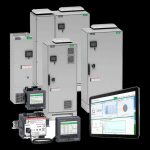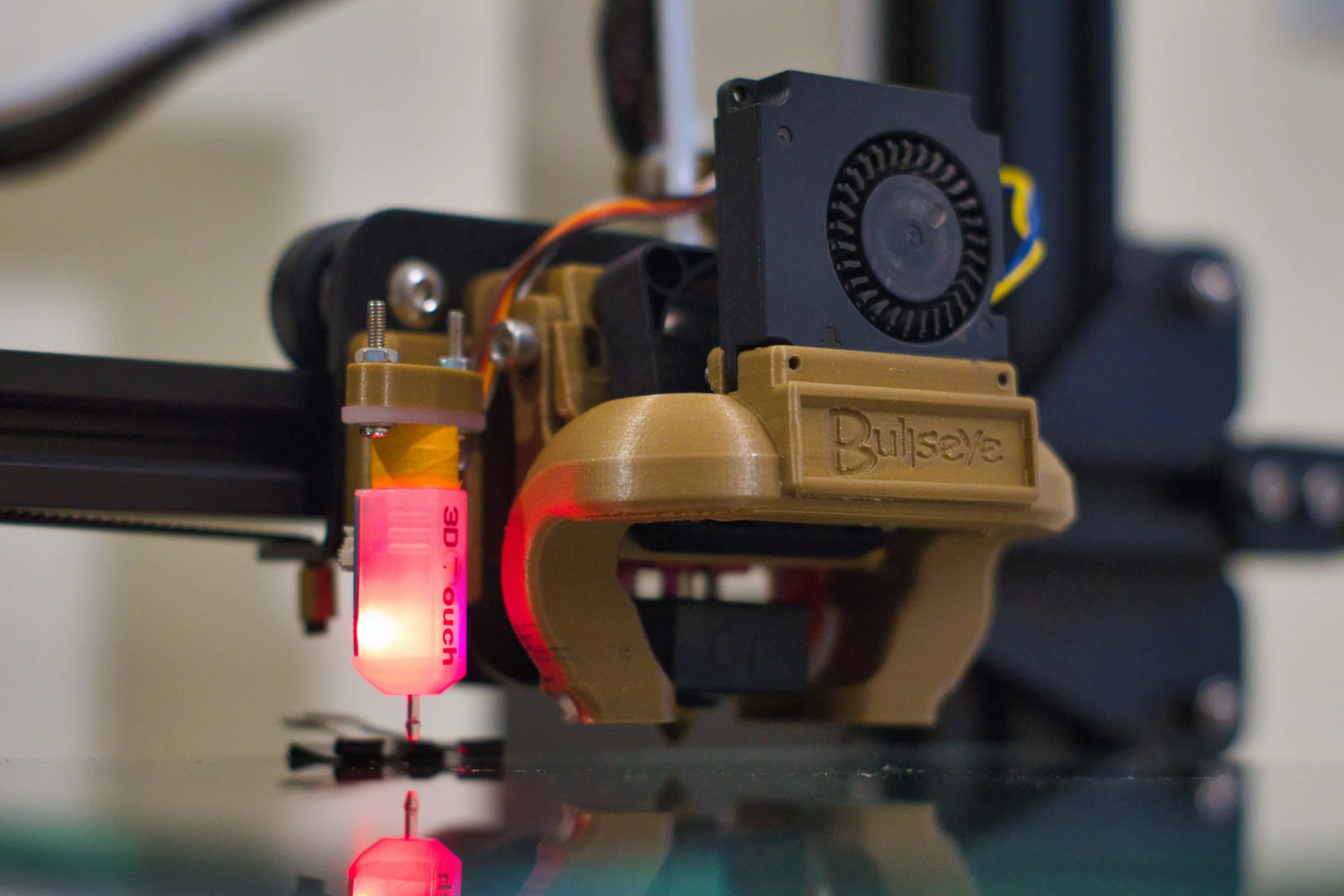
As 3D Printing technology continues to advance, the ability to incorporate sensors into 3D-printed designs is becoming more feasible and desirable. Sensors can provide critical information about an object’s environment or performance, making them useful in a wide range of applications, from medical devices to aerospace engineering. This article explores new ways to incorporate sensors into 3D-Printed designs.
Incorporation of Sensors Into 3D-Printed Designs: The Importance
Incorporating sensors into a 3D-printing setup provides multiple benefits and can significantly enhance product functionality and performance. The ability to customize and integrate sensors into 3D-printed products has opened new possibilities for design innovation and optimization. This approach allows for the creation of complex and highly tailored designs that can respond to their environment, communicate data, and perform a variety of functions. Some of the other benefits include:
- Ability to Manage Multiple Parameters
One of the primary benefits of incorporating sensors into 3D-printed designs is the ability to monitor and control various parameters. For example, sensors can measure temperature, humidity, pressure, and other physical and chemical parameters, which can optimize the product’s performance, improve safety, and reduce energy consumption.
- Creation of Smart Devices
Incorporating sensors into 3D-printed designs can create smart devices interacting with other connected systems. For example, 3D-printed sensors can be integrated into Internet of Things (IoT) devices, allowing for remote monitoring and control, similar in functionality to 3D printing software. This can be particularly useful in applications such as healthcare, where IoT devices effectively monitor patient health and transmit data to healthcare providers in real time.
- Customization
3D-printed sensors can be customised to fit specific design requirements. This means that sensors can be designed and printed to fit into small or unusual spaces, ensuring that they can be integrated seamlessly into the final product. This level of customization can be instrumental in industries such as aerospace and automotive, where weight and space constraints are critical factors.
Incorporating Sensors Into 3D-Printed Designs: The Best Possible Modern Ways
Incorporating sensors into 3D-printed designs can be achieved by using the following key methods:
Printing Sensors:
A newer method for incorporating sensors into 3D-printed designs is to print the sensors themselves using specialised printing materials. By printing the sensors themselves, designers can create custom sensors with specific shapes and configurations, allowing for greater design flexibility. This technique is still in the experimental phase. However, it has the potential to revolutionize the way sensors are incorporated into objects.
Embedding Sensors:
Another way to incorporate sensors into 3D-printed designs is to embed them directly into the object during the printing process. This is achieved by adding the sensor material to the printing material before the printing begins. This method allows the sensor to be seamlessly integrated into the object, resulting in a more streamlined design. It also ensures the sensor is in the optimal position for accurate readings.
Sensor Attachment:
Sensors can also be incorporated into 3D-printed designs by attaching them to the object’s surface after printing. This method is beneficial for adding sensors to already printed objects, as it allows for flexibility in sensor placement. The sensors can be attached in various ways, including adhesives or screws, depending on the design requirements.
Conductive Links:
Incorporating sensors into 3D-printed designs can also be achieved through conductive inks. These inks contain metallic particles that allow them to conduct electricity, making them ideal for creating sensors. Conductive inks can be used to print sensors directly onto an object. They can be used to print flexible circuit boards that can then be attached to the object.
Integrating Printed Circuit Boards (PCBs):
PCBs are typically used in electronic devices to connect and control the various components. By integrating a PCB into a 3D-printed object, sensors can be added without the need for additional wiring or components. PCBs can be printed using specialised materials and printers, making them an ideal option for integrating sensors into 3D-printed designs.
Combining Multiple Sensors:
Using or combining multiple sensors in a 3D-printed design may be beneficial, resulting in a complete picture of the object’s behavior or environment.
Key Considerations for Designing a 3D-printed Object with Integrated Sensors
When designing a 3D-printed object with integrated sensors, it is crucial to consider the sensor type being used and its placement within the object. For instance, the sensor used to measure temperature should be placed where it will be exposed to the environment being measured. Additionally, the size and shape of the sensor should also be considered to ensure it fits within the design parameters.
The Final Words
The ability to incorporate sensors into 3D-printed designs opens a world of possibilities for professionals, designers, and engineers. By using innovative methods such as embedding sensors during the printing process, attaching sensors after printing, printing sensors directly using specialised materials, using conductive inks, integrating printed circuit boards, and combining multiple sensors, designers can create custom sensors that are seamlessly integrated into their 3D-printed designs.






